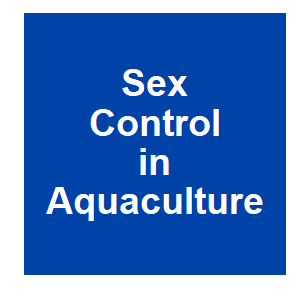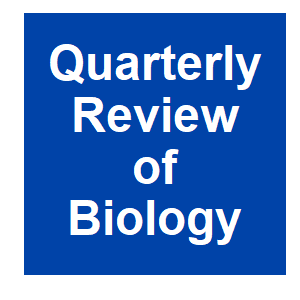
|
C. Wederkind,
Sex Control in Aquaculture,
Chp 8:179-188.
2018.

Sex differentiation is generally more labile in gonochoristic fish than it is, for example, in birds and mammals. Environmentally induced sex reversal is, therefore, often possible, and creates genotype‐phenotype mismatches that can be useful in population management. ...
Keywords: 3-spined stickleback, biological control, endocrine-disrupting chemicals, female chinook salmon, fish, gambusia-holbrooki, genetic biocontrol, guppy, hormones, male reproductive-behavior, medaka oryzias-latipes, mosquitofish, poecilia-reticulata, reversal, sex, sex determination, stickleback gasterosteus-aculeatus, teleosts, tilapia oreochromis-niloticus, Trojan Y, Trojan-Y Chromosome, trout oncorhynchus-mykiss
|

|
H.P. Wang and Z.G. Shen,
Sex Control in Aquaculture,
2018.

Understanding sex determining (SD) mechanisms and related concepts in a wide range of fish species is critical for sex control and large‐scale monosex production in aquaculture, in which monosex culture is superior to mixed‐sex culture. Establishment of phenotypic sex is ...
Keywords: 3-spined stickleback, biological control, endocrine-disrupting chemicals, female chinook salmon, fish, gambusia-holbrooki, genetic biocontrol, guppy, hormones, male reproductive-behavior, medaka oryzias-latipes, mosquitofish, poecilia-reticulata, reversal, sex, sex determination, stickleback gasterosteus-aculeatus, teleosts, tilapia oreochromis-niloticus, Trojan Y, Trojan-Y Chromosome, trout oncorhynchus-mykiss
|

|
A. McNair, P. M. Lokman, G. P. Closs and S. Nakagawa,
Quarterly Review of Biology,
90:23-44.
2015.

Environmental sex reversal (ESR), which results in a mismatch between genotypic and phenotypic sex, is well documented in numerous fish species and may be induced by chemical exposure. Historically, research involving piscine ESR has been carried out with a view to improving ...
Keywords: 3-spined stickleback, biological control, endocrine-disrupting chemicals, female chinook salmon, fish, gambusia-holbrooki, genetic biocontrol, guppy, hormones, male reproductive-behavior, medaka oryzias-latipes, mosquitofish, poecilia-reticulata, reversal, sex, sex determination, stickleback gasterosteus-aculeatus, teleosts, tilapia oreochromis-niloticus, Trojan Y, Trojan-Y Chromosome, trout oncorhynchus-mykiss
|




